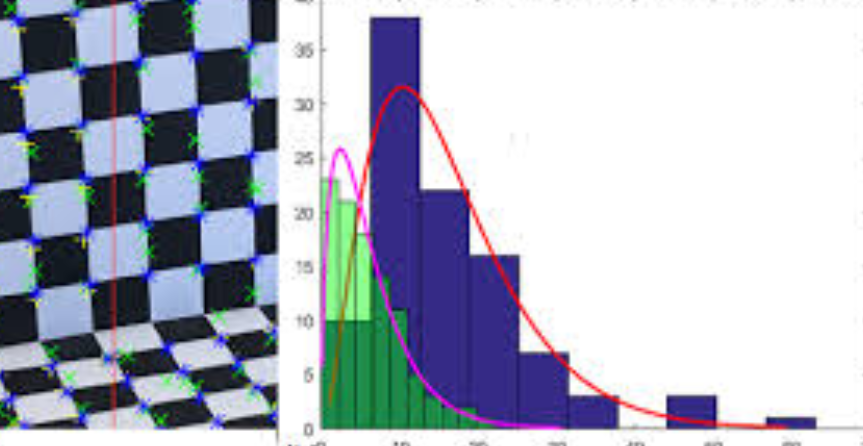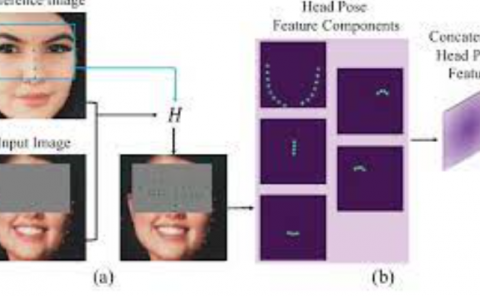Robust optical see-through head-mounted display calibration: Taking anisotropic nature of user interaction errors into account
PubDate: April 2017
Teams: Johns Hopkins University
Writers: Ehsan Azimi; Long Qian; Peter Kazanzides; Nassir Navab

Abstract
Uncertainty in measurement of point correspondences negatively affects the accuracy and precision in the calibration of head-mounted displays (HMD). In general, the distribution of alignment errors for optical see-through calibration are not isotropic, and one can estimate its distribution based on interaction requirements of a given calibration process and the user’s measurable head motion and hand-eye coordination characteristics. Current calibration methods, however, mostly utilize the Direct Linear Transformation (DLT) method which minimizes Euclidean distances for HMD projection matrix estimation, disregarding the anisotropicity in the alignment errors. We utilize the error covariance in order to take the anisotropic nature of error distribution into account. The main hypothesis of this study is that using Mahalonobis distance within the nonlinear optimization can improve the accuracy of the HMD calibration. The simulation results indicate that our new method outperforms the standard DLT method both in accuracy and precision, and is more robust against user alignment errors. To the best of our knowledge, this is the first time that anisotropic noise has been accommodated in the optical see-through HMD calibration.

